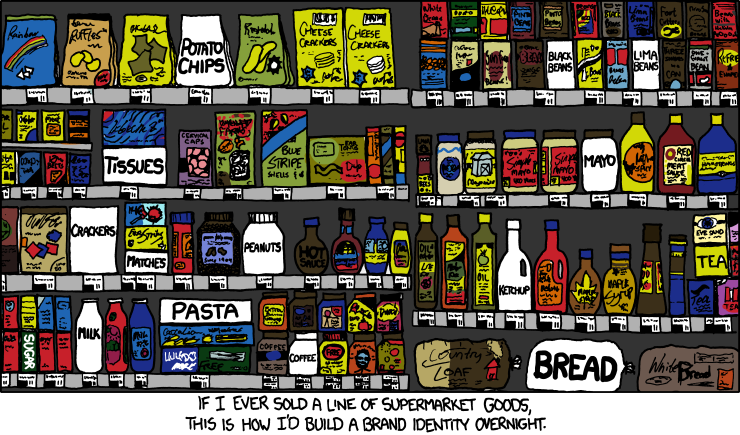On our first trip that month we went to the Mitchell Library. At the time of our visit, it was holding an exhibition about cinemas in the city. Glasgow had a lot of cinemas. In fact, in the 1930s Glasgow had more cinemas per head of population than any other city in the world.
It was after seeing this exhibition (which showed a few old projectors and various other pieces of cinema paraphernalia) that I thought about making another informative strip (like the one I did back in November).
I didn't chase this idea until just a few weeks ago when I was in the mist of making this animation.
The subject of this strip is motions pictures. As someone who loves animation, I'm fascinated how it is possible for drawings, models or photographs to become "alive" on screen. Its a very interesting thing to investigate. It involves biology as well as technology. Reading about how movies were invented is a very interesting story, involving many characters, especially Eadweard Muybridge, and mysteries, like the disappearance of Louis Le Prince. I might one day do something about this, but for now here's how motion pictures work....
Featuring The Masked Pidgeotto.
Took a bit longer than expected to make.
UPDATE: June 2017
Last night I wrote this paragraph. I think its does a better job than this strip...
“The Illusion of Life”
Human
vision has the sense rate of about one tenth of a second. This means that if an
object travelling across a human’s field of vision takes less than one tenth of
a second to do so the eye won’t see it. If an invisible person moved an object
in small intervals in that field of vision, if those movements happened in a
rate more than ten times a second, it’ll appear to the eye that the moving
object is “alive.” The same thing happens with still images. If you flash still
images into someone’s field of vision at least 12 times a second (with some
mechanism to block the image briefly as it changes to the next one) they will
appear to move. But the more images you flash a second the smoother the
movement appears to the eye, as the blank spaces between images become less noticeable.
According to Thomas Edison, the ideal minimum rate for “flicker-free” movies is
46 images per second - "Anything less will strain the eye."
It demonstrates what I am trying to do with my computer book.








